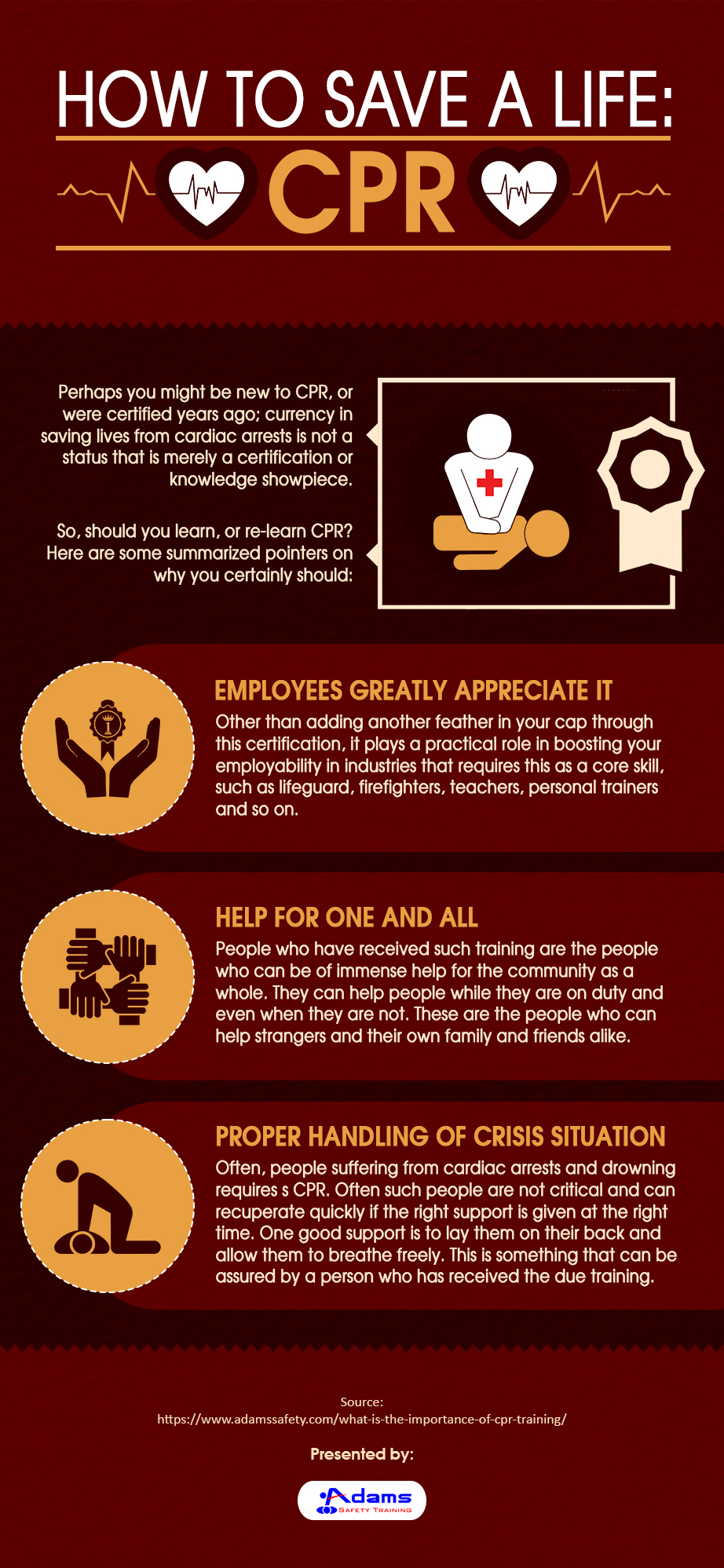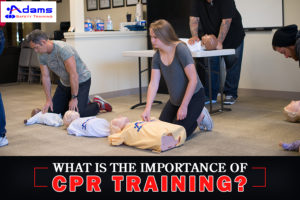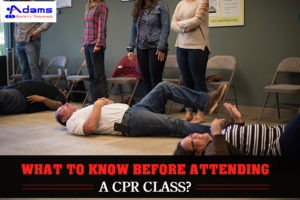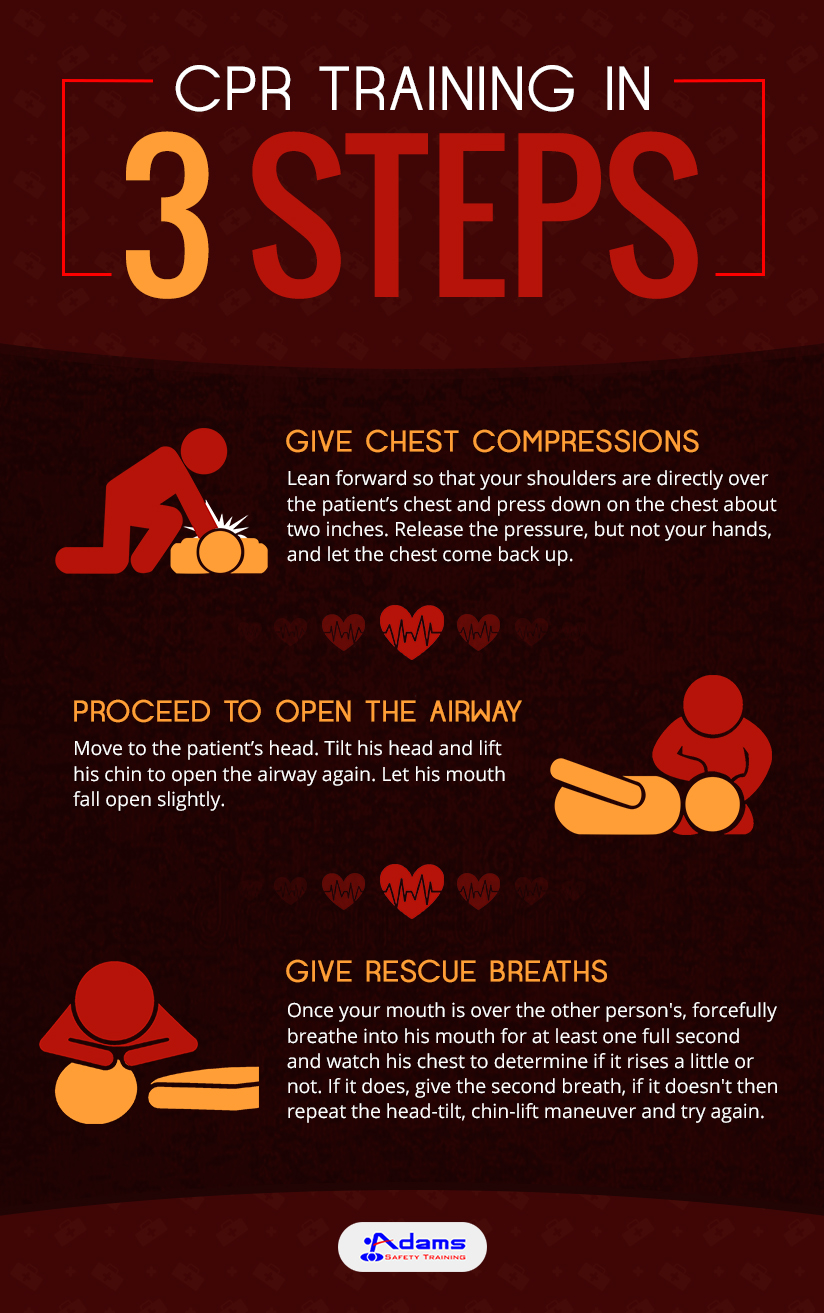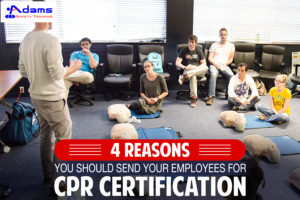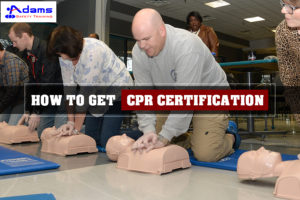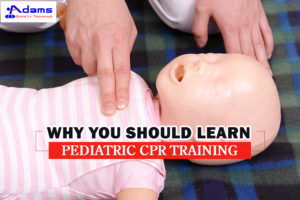The Infographic titled as “How to save a life: CPR” below dwells on the compelling reasons that make CPR learning a must for non medical personnel like you. Since CPR is a procedure that is given to people suffering from sudden cardiac arrests, having its working knowledge would give you the rare opportunity of saving the life of a person, who may be virtually hanging between life and death at that particular moment. In other words, learning CPR technique would actually empower your life, and make you more inclined towards helping others in their moments of distress.
Learning CPR technique would also increase your chances of employability in companies that need people trained in life saving medical procedures. You would also have a great chance of getting into emergency response services like fire fighting, emergency medical response units etc. With a CPR certification under your belt, you would also earn the respect of people in your community and neighborhood, which may not have been the case earlier.
With a valid CPR certification and working knowledge of delivering CPR procedure to people in distress, you would also develop a special ability to remain calm even in the most distressing situations. You would have the wits to do what is right for people faced with a life threatening situation like cardiac arrest, and you would definitely enhance the chances of their survival through your knowledge of CPR.
In case if you wish to gather more information about the CPR technique and how it is administered on the affected person, you can also refer to the information provided in the Infographic titled as “How to save a life: CPR” below, which dwells on the compelling reasons that make CPR learning a must for non medical personnel like you.
